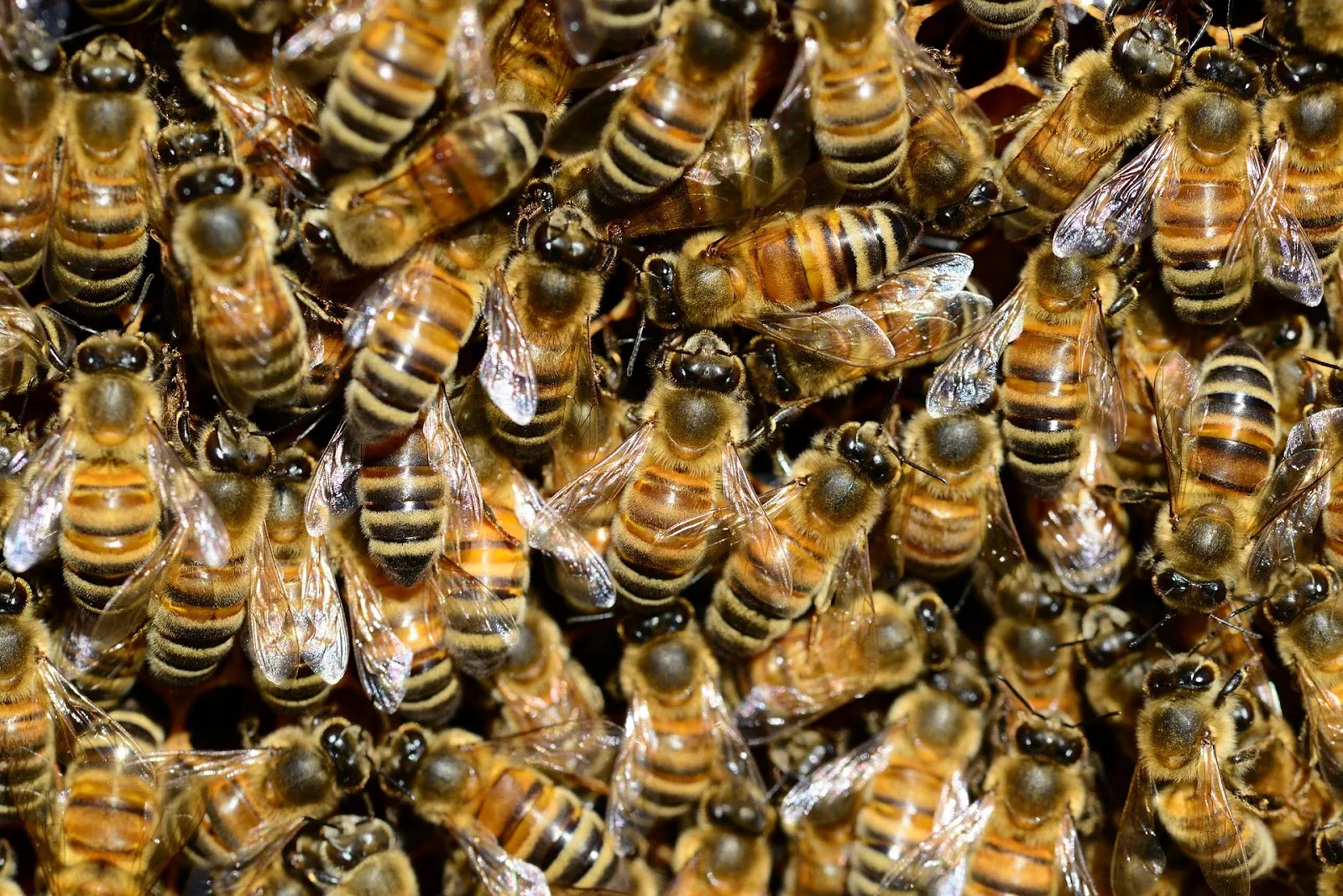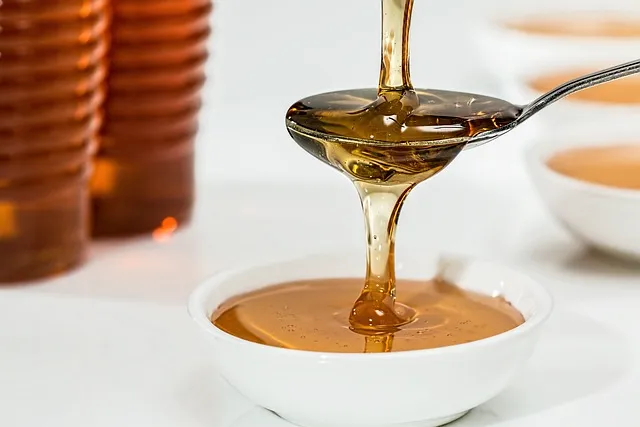How many bees should be in a hive for winter?
While winter is tough for humans, and needs to brace themselves for the season, it is even more challenging for the honey bees. With no pollen or nectar and freezing temperatures, it is a difficult time for them. Worse still, they are cold-blooded. It is also a challenging time for beekeepers, especially beginners since most colony losses occur in winter. They do their best to ensure the bees overwinter successfully. While losses are inevitable, they can be reduced to below 10% with good management.
Similar Articles you may like to read –
Can you keep just one bee hive?
Do you put frames in a brood box?
How long can bees stay in a swarm box?
How many pounds of bees are in a 5 frame nuc?
Which is better, 8 frame or 10 frame beehive?
How many bees should be in a hive for winter?
A large bee cluster keeps warm with minimal food and less energy input and increases the chances of survival. A colony should overwinter with at least 25,000 bees which is equivalent to one deep box covered with bees in all the frames. The bees are needed for effective clustering in the cold season and generating enough heat. The cluster size is also essential for the movement to the honey stores. It is wise to start with a relatively big cluster since the bees will die of old age over the winter. A cluster that is too small cannot survive the cold season. If you have weak colonies at the end of fall, it is better to combine them or add them to strong colonies. Colonies with fewer bees than 15,000 are not likely to survive in winter but may overwinter well in warmer places.
How many brood boxes do you need for winter?
This is more of a personal preference. Some beekeepers use two deep boxes, while others use one. Others use three. Most reduce to one deep box in winter, especially if the second one only has a foundation with neither honey nor brood. They just shake off the bees and remove them. Most decent-sized colonies winterize on double brood boxes. There is no need to reduce to a single brood box. It is advisable to reduce the hive to match the number of bees and resources that the bees have. You should eliminate unused space.
More articles you may like to read –
How to wrap a beehive for cold winters
How to feed bees in summer and winters
How much honey should I leave for winter?
How do you keep moisture out of a beehive in the winter?
How do l ensure my colony is healthy enough for the winter season?
Bees are vulnerable to diseases and pests, the greatest threat being varroa mites. These mites are one of the great causes of the loss of bees in winter. Colonies that suffer disease or pest infestation have a shorter lifespan than healthy bees. Beekeepers should constantly monitor diseases and mites infestation in their colonies and treat them when necessary. This is essential in fall as bees prepare for winter. Bees clustering together in a tight space causes pests and pathogens to thrive. The colony also requires ample food stores to remain healthy. If they get depleted before the season is over, be sure to feed them. It is also good to source bee stocks adapted to your climatic region to increase the chances of survival.



